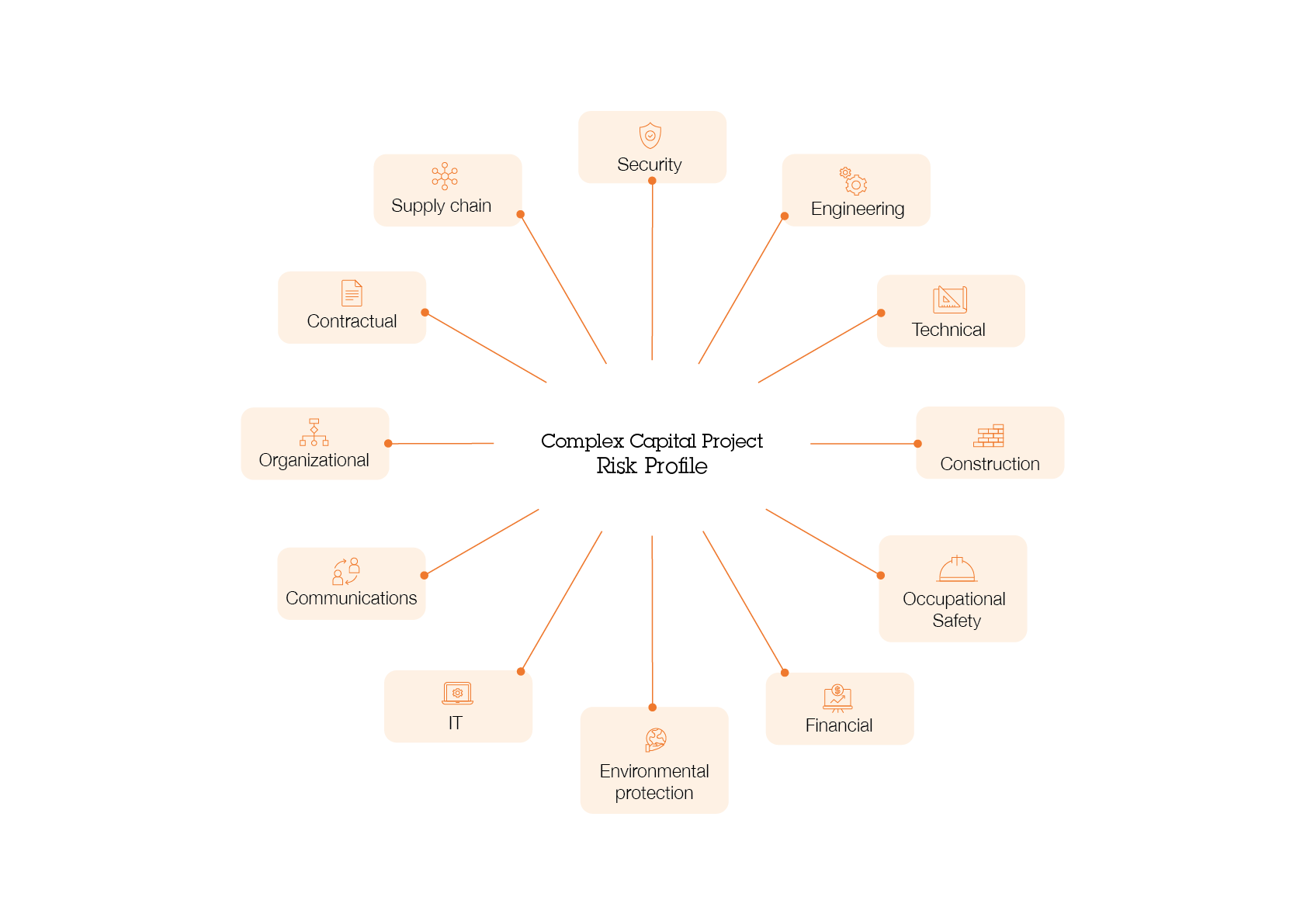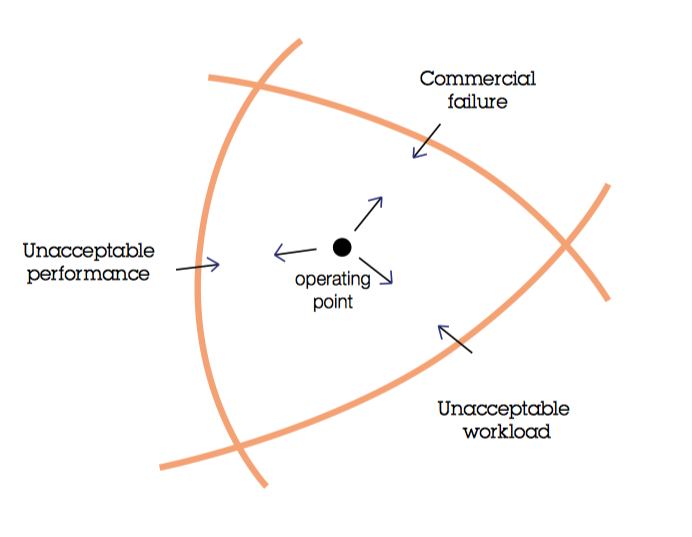Getting your project back to warp speed, in a strange new world

Suspending major, complex engineering projects brings many challenges. The true impact of the current global slowdown will only be apparent when projects start up again. How can you prepare now for success on the other side?
This year (stardate 2021), many companies have curtailed scope, paused ongoing work or postponed start dates on their projects. The reasons are obvious, and no one’s fault. But what happens when it’s time to start up again? And what can you do to come back stronger?
The upstream energy sector is no stranger to the pause button. Due to the cyclical nature of the oil industry especially, projects require suspensions and periods of temporary shutdowns with nauseating regularity.
But while halting operations and mothballing plant and equipment are costs no one wants, they pale in the face of the expenditure and reputational risks that come with restarting and remobilizing.
The project has life…but not as we know it
In a very real sense, after waking from hibernation, you’re not going back to the same project. During the layup period, the risk landscape will have changed. Even if you felt your project was fairly resilient before, your deflector shields’ ability to withstand further blasts diminishes with each passing week.
What went before no longer applies. Supply chains have been impacted and delivery dates extended, of course. On top of that, bankruptcies occur, contracts are cancelled, contractors cannot wait forever, and most return with diminished capacity and capability.
Organizations are typically geared up to define and plan projects in an orderly fashion. But this process-driven approach can leave them ill-equipped to deal with significant impacts from events beyond their control.
Not surprisingly, many find it difficult to adapt to enforced and often tumultuous changes. Under these circumstances, project complexity increases just at the moment when project resilience is diluted. To paraphrase Mr Scott, ‘Ye cannae change the laws of project physics, Captain’.
_______________________
We promote ‘project risk maturity’
over ‘project process compliance’
_______________________
This is why we promote ‘project risk maturity’ over ‘project process compliance’. It’s not that following process is not important. Of course, it is. But savvy project directors know that a risk-based approach to building (or rebuilding) a project is the best way to tackle complexity and protect their project’s profits from nasty value-eroding surprises.
Avoiding ‘Start Wreck’
Teams that don’t know where they are vulnerable—or don’t take the time to find out and modify existing strategies and plans—will continue to suffer impacts long after the lights have been turned back on.
So what can you do to preempt these problems?
1. Map the landscape again
A solid approach to Resilience Mapping means checking your areas of heightened vulnerability. You need to get your people on high alert to navigate the whole universe of risks.

Your original plan is a tattered map of the terrain before you now. And even if it’s not, that’s how you should approach it. In short, don’t take anything as read. Revisit your original scenarios and add more of them based on the information now at your disposal.
2. Revise your strategy
Threats and opportunities are two sides of the same coin. Naturally, you’ll focus on mitigating threats as they continue to play out. As you consider restarting, resist the temptation to make fundamental changes to the project. This will require discipline from project leaders as people make the case that ‘everything’s different now’. But if you weren’t considering this objective before, why does it merit inclusion now?
That said, you should be open to opportunity. A better solution may now exist, whether a newer technology or a shift of the odds in your favour. You now have the benefit of hindsight regarding the work you were originally doing and the direction the project was travelling.
There’s a small window of opportunity to reset. Were you operating outside the failure boundaries, perhaps unwittingly? Assess, as objectively as you can, where your operating point was before things shut down.

Diagram of Failure Boundaries
In our opinion, there aren’t enough pauses on projects, forced or otherwise. So take the chance when it’s handed to you, but be wary of things that seem too good to be true.
Take time also to go back through your contracts with other stakeholders. They may have been fast-tracked first time around. And, of course, these contractors will want to revisit their contracts anyway. Do so from a place of trust, rather than suspicion. Getting things back on track shouldn’t be a zero-sum game that ends up with legal teams warming up their photon torpedoes.
3. Kick off again properly
In our experience, when a company’s hand is forced and they suspend a project, the cost-saving mindset kicks in and people are let go too soon. A vacuum often follows. Which is fine for the short-term costs of the company, but very dangerous when the project gets the greenlight again. It’s not just that key people may no longer be around. Those who were kept on may have been promoted beyond their competence in an effort for the organization to ‘get its structure back’.
Whether people were kept on, have been recalled, or are brand new, they should be coming to the project energized and motivated. So take advantage of that with a proper kick-off to align them to the new goals and the inevitable changes. Integrate the team and communicate the revised strategy simply and effectively.
As you get underway, this is where you need Resilience Safeguarding.
These three steps are easier and more effective if you considered how you’ll restart, even as you put the project into suspended animation. Then, during the downtime, you regularly revisit your scenarios and update your plans as the future become clearer.
But what if, like many, your organization was too concerned with managing the shutdown to think about what comes later?
It might sound a bit glib to say so, but there’s no time like the present. As you can tell, I’m a fan of Kirk, Spock and the rest of the original crew. But as a later captain put it:
“It is possible to commit no mistakes and still lose. That is not a weakness. That is life.”
—Captain Jean-Luc Picard
Live long and prosper
By the way, this advice all applies whether you are cold-stacking a drilling rig or putting the brakes on constructing a biogas plant, or any other large complex feat of engineering. Our background is in upstream oil and gas, but the principles apply elsewhere, as the video below shows.
Beam us aboard
The buzzword inspired by the pandemic may be ‘unprecedented’, but we’ve been here before. And we’ve helped clients get back up to speed quickly and safely. If you want to minimize your risks and maximize your project’s profits—and ‘boldly go’ rather than be ‘set for stun’—our own motto couldn’t be more apt: Readiness is All.
Get in touch and we’ll patch you into the Enterprise’s viewscreen (or, failing that, we’ll have a Zoom call).
_______________________
Epeus helps energy leaders tackle complex capital project risks,
so they can protect their profits and secure their reputations.
Sign up to The Readiness Review, our weekly email of project resilience
insights for upstream energy, every Thursday.
_______________________


